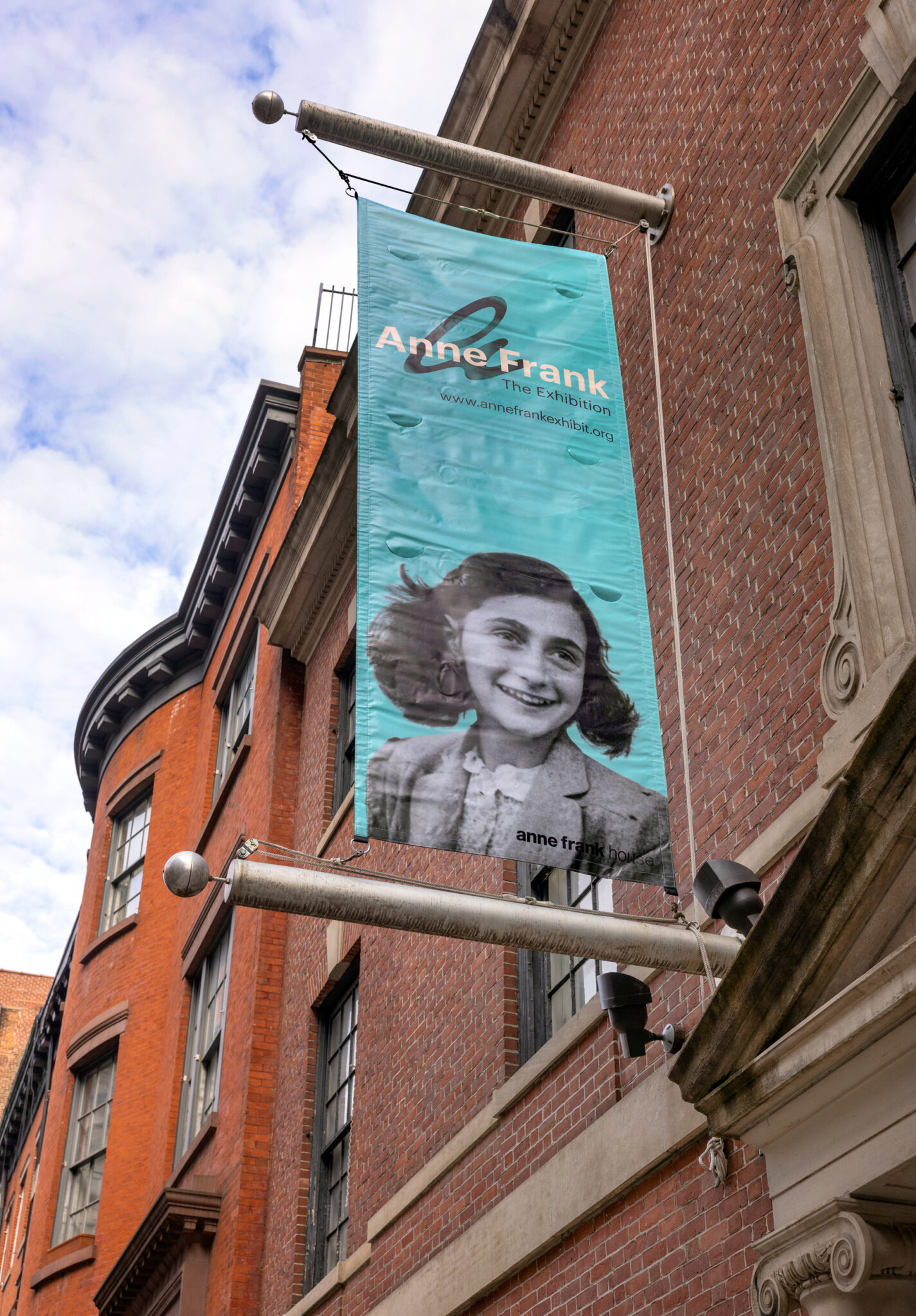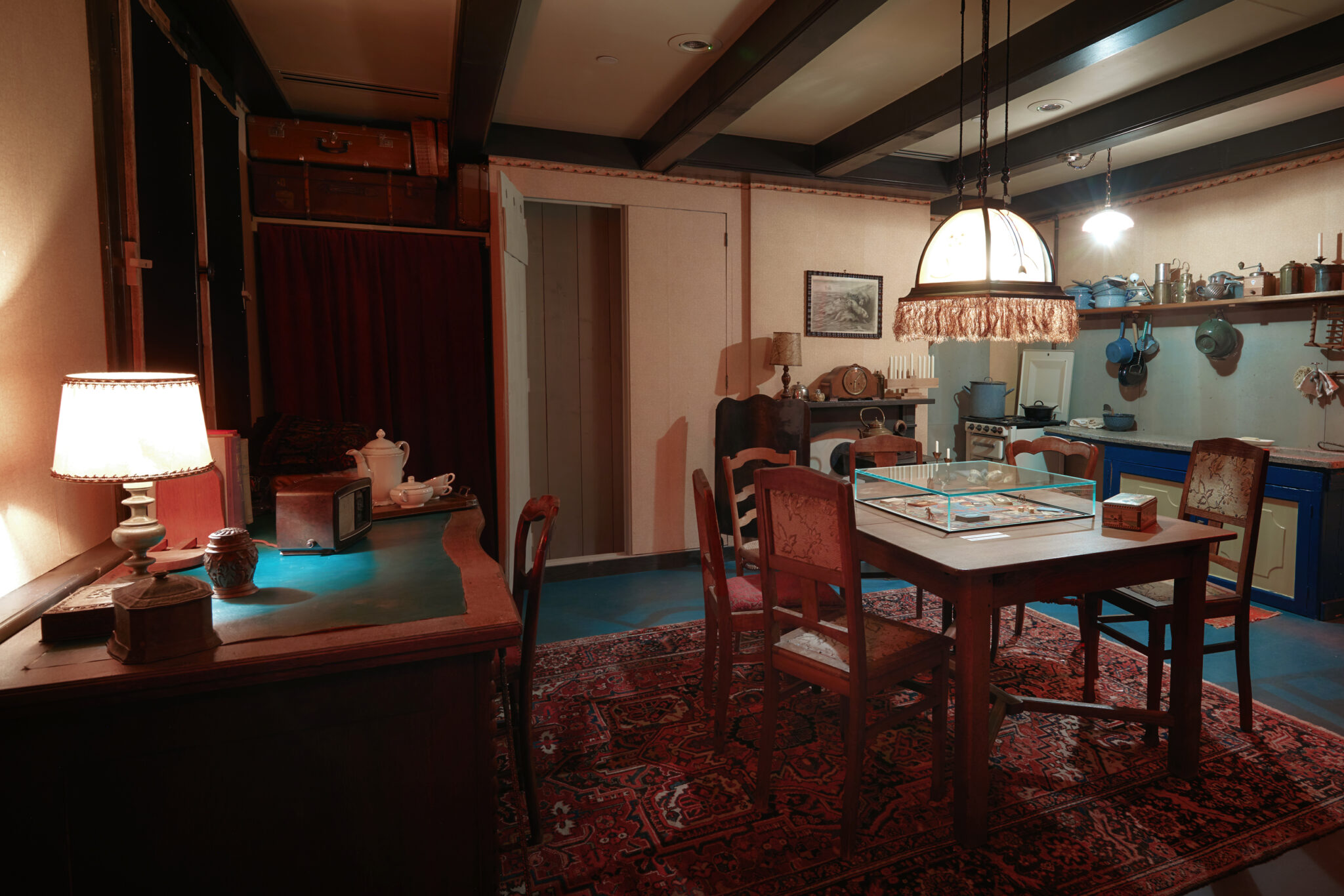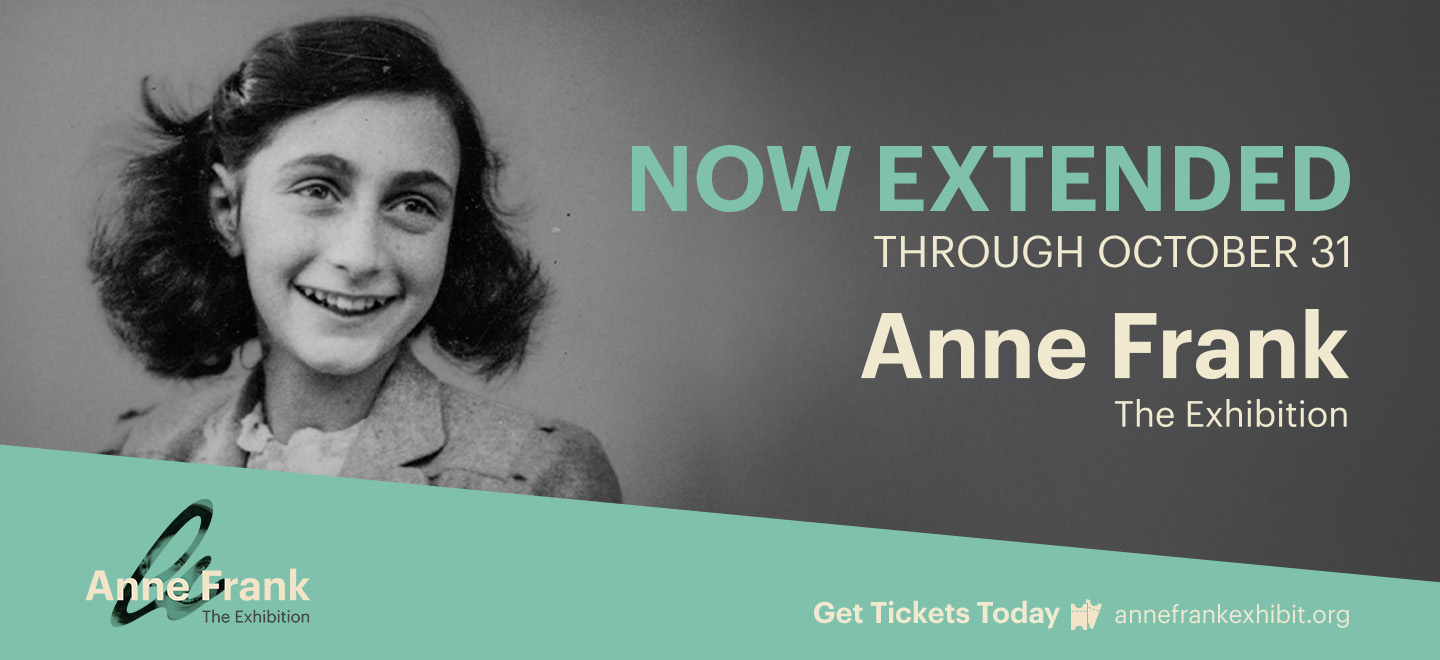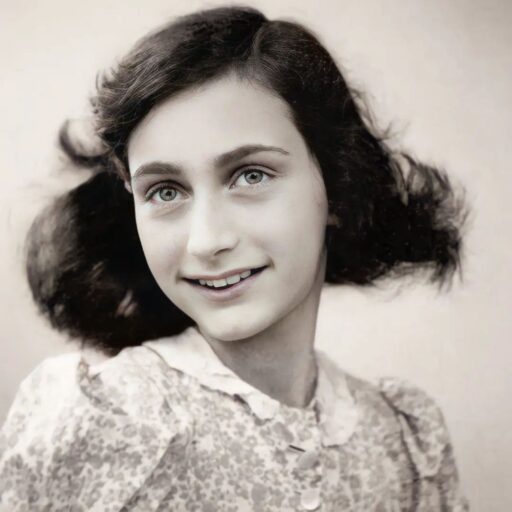In the heart of Manhattan’s Union Square, inside the Center for Jewish History, a remarkable and deeply moving exhibition unfolds. Anne Frank: The Exhibition—a collaboration with the Anne Frank House in Amsterdam—is more than a historical display. It’s a vivid, immersive journey through the life, voice, and legacy of one of the most iconic figures of the Holocaust.






Arrival: A Threshold to Memory
As you enter the 7,500-square-foot space at 15 West 16th Street, there’s an immediate stillness—a kind of reverent quiet that invites reflection before a single artifact is seen. The layout is intentional: subdued lighting, minimal distractions, and a thoughtful chronological flow guide visitors through Anne Frank’s short yet profoundly impactful life.




Section I: The Girl Before the Diary
The exhibition begins with Anne’s early years in Frankfurt and then Amsterdam. Through rare family photos, home videos, and official documents, we see Anne not as a symbol, but as a daughter, a sister, a schoolgirl with quirks and dreams. There’s a deep emotional resonance in this segment, where Anne is allowed to be a child first—not just a historical figure.
Section II: The Secret Annex—A Physical Memory












The emotional centerpiece of the exhibition is a full-scale replica of the Secret Annex. Visitors walk through narrow corridors and peek into dim rooms with sparse furnishings—Anne’s room decorated with movie star postcards and a tiny desk where she wrote her famous diary. The attention to detail is uncanny, and the effect is haunting. You’re not just reading about the space—they’ve brought you into it.
Section III: Artifacts That Speak
The display of original objects—Anne’s first red-checkered diary, Otto Frank’s trunk, Margot’s poetry notebook—serves as a quiet punch to the chest. Each item is carefully annotated but left to speak largely for itself. The simplicity is powerful. No dramatics, no overexplanation—just history, preserved and personal.

Section IV: The Descent into Darkness
A darker mood sets in as visitors move into the Holocaust section. The narrative shifts from the hiding years to arrest, deportation, and ultimately, the deaths of Anne and Margot Frank in Bergen-Belsen. The exhibit walks a fine line: it is respectful and direct without being overly graphic. Testimonies, transport lists, and photographs fill in the painful silences where Anne’s words stopped.
Section V: Aftermath & Echoes
The final section is devoted to Anne’s posthumous legacy. Multimedia stations play interviews with Otto Frank, educators, and students around the world. One particularly moving feature is a wall where visitors can write what Anne’s story means to them. Some messages are simple; others are full of grief, anger, or hope. It’s a living, breathing testament to the diary’s continued relevance.

The Exhibit Details
- Location: Center for Jewish History, 15 W 16th St, NYC
- Hours: Sunday–Thursday: 9:30 a.m.–7:30 p.m.; Friday: 9:30 a.m.–3:30 p.m.; Closed Saturdays
- Tickets: $21–$54 for general admission. Includes an excellent audio guide. Suitable for ages 10+.
- Website: annefrankexhibit.org
Final Thoughts: A Necessary Encounter
Anne Frank: The Exhibition isn’t just a museum experience—it’s a moral confrontation. It invites us to witness not only the horrors of unchecked hatred, but the enduring power of a young girl’s voice in the face of it. Whether you arrive knowing her story intimately or are discovering her for the first time, you leave changed.
Anne once wrote, “How wonderful it is that nobody need wait a single moment before starting to improve the world.” This exhibition doesn’t just remember her—it challenges us to listen, and to act.




